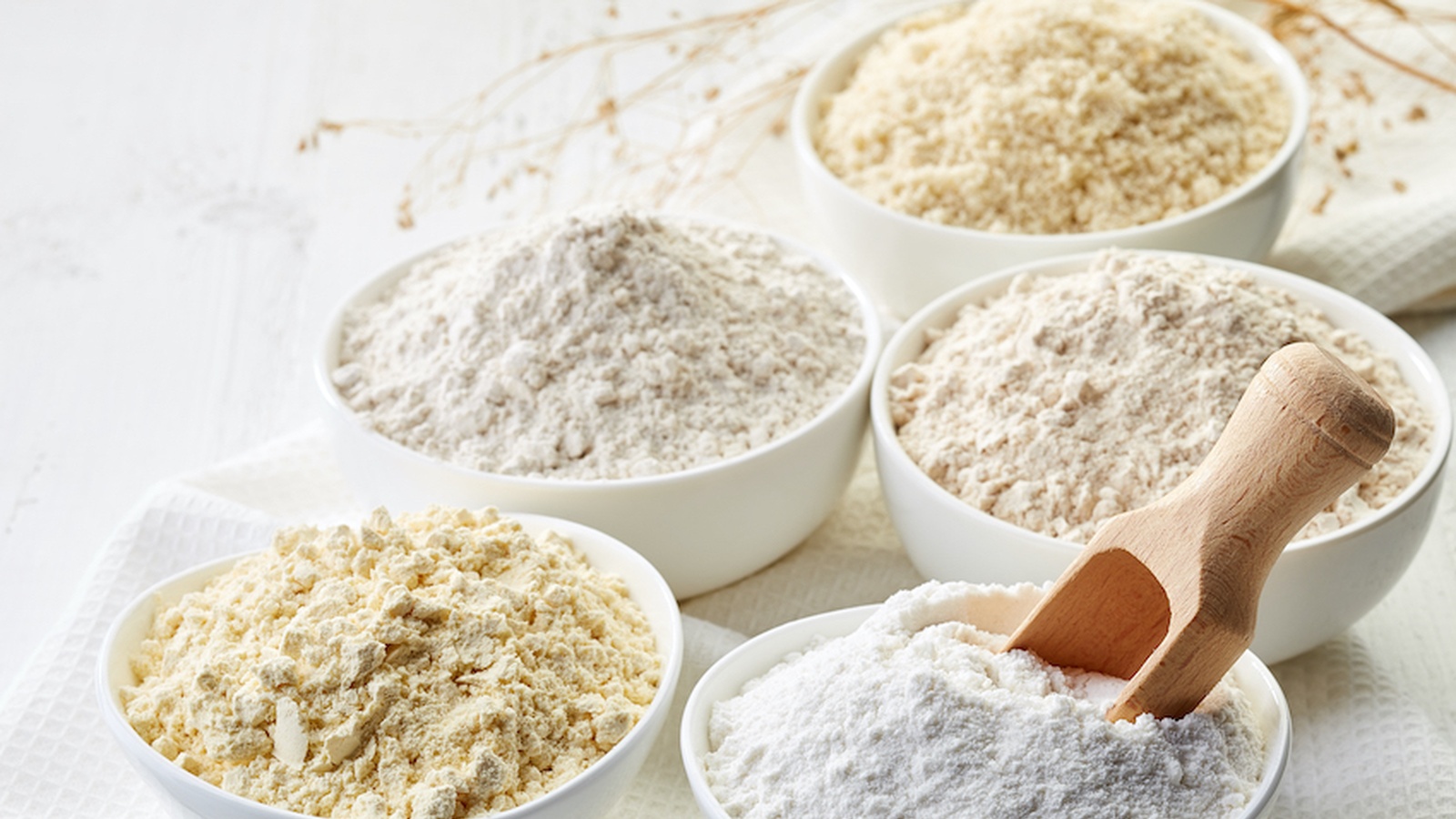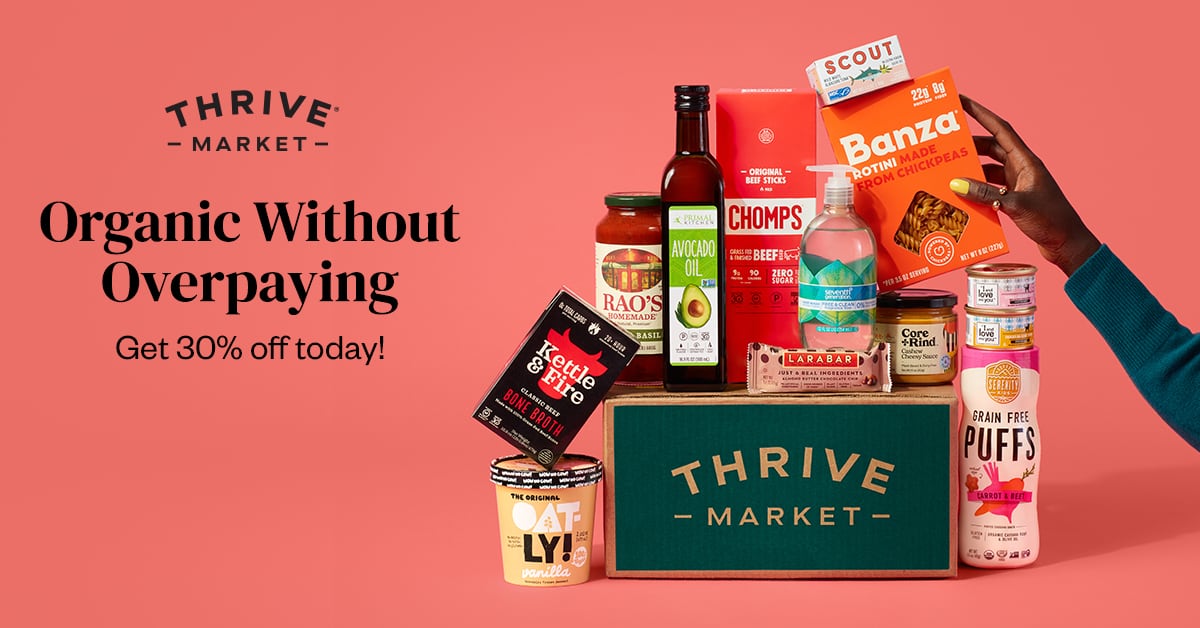3 of the Best Gluten-Free Flours to Use
It’s estimated that 1% of the global population has celiac disease, with another 7% having some form of gluten sensitivity. And this number is on the rise.
What’s lesser-known is that gluten sensitivity, or even excessive consumption (like we have in the modern Western diet), can contribute to cascading cases of inflammation, autoimmune, and chronic health conditions. As an autoimmune disease, celiac can have a long-term impact on your health if not treated carefully, including heart disease, cancer, and gut inflammation.
One thing we have realized is that it’s not only the gluten that’s contributing to chronic health concerns, but it’s also the bleaching, refining process. Wheat, especially, is grown in monocrops which can have devastating impacts on agriculture and ecosystems, as well as driving down the nutrient value - making it worse for our overall health.
But if you’re reaching for a gluten-free blend on your grocer’s shelf, more often than not you’ll find it packed with chemically-made preservatives, thickeners, stabilizers, and colors, to help it mimic the texture of wheat. So where you can, make sure to buy as close to natural as possible, and organic where you’re able. There’s really no need for anything other than the grain the flour has come from!
Think about it. How often have you had a slice of gluten-free cake, only for it to fall apart before it reaches your mouth? What about the hassle of having to toast every slice of bread before you eat it? A lot of these texture and taste issues are directly related to the types of flours making the food, and there are so many bad ones out there that only trial and error will truly find you the magic flour. Luckily, over our years, we’ve tasted nearly every gluten-free flour imaginable, and we have our tried and true for every single occasion to share with you.
Then, when you’re ready to go shopping, here are three of the best gluten-free flours to use.
Manioc/Cassava Flour
This root vegetable blend is one of the closest textures you’ll find to ‘the real deal’. Normally to achieve a gluten-like-texture, multiple flours and additives are blended together for a somewhat similar feel, but that’s not the case with cassava. The flour (derived from the starchy tuber) has high carbohydrate content - making it a valuable food in many indigenous cultures. Unlike many other alternatives, cassava flour is very mild and neutral in flavor as well as being low in both fat and sugar. It’s also not grainy or gritty in texture – rather, it’s soft and powdery. Plus, the blend is great for most guts as it is gluten, grain, and nut-free!
Tapioca Flour
From time to time, the names cassava and tapioca flour are used interchangeably. However, there are some very important differences to note. Tapioca is a starch extracted from the cassava root through a process of washing and pulping. The wet pulp is then squeezed to extract a starchy liquid. Once all the water evaporates from the starchy liquid, the tapioca flour remains.
Tapioca is almost pure starch, meaning it gives similar binding properties to gluten. It contains small amounts of protein, fat, and fiber - but has a valuable role in digestion. It is a source of resistant starch, which as the name implies, makes it resistant to certain functions in the digestive system. This kind of starch is linked to benefits such as feeding, the friendly bacteria in the gut, thereby reducing inflammation and the number of harmful bacteria and lowering blood sugar levels after meals, which includes glucose and insulin metabolism and increases fullness - contributing to better metabolic health.
Almond Meal
If nuts are still a mainstay in your diet, almond meal is another great substitute for plain wheat flour - especially when it comes to baking. It has a sweet, buttery, and slightly nutty flavor, and texture perfect for cakes and crumbles. But it’s not just how it holds it’s shape - almond meal is one of the most nutritious flour substitutes. This flour is high in protein, manganese, Vitamin E, and monounsaturated fats, low in carbohydrates, and contains fiber. Plus, it’s relatively easy to make yourself from the leftover pulp from homemade almond milk!










